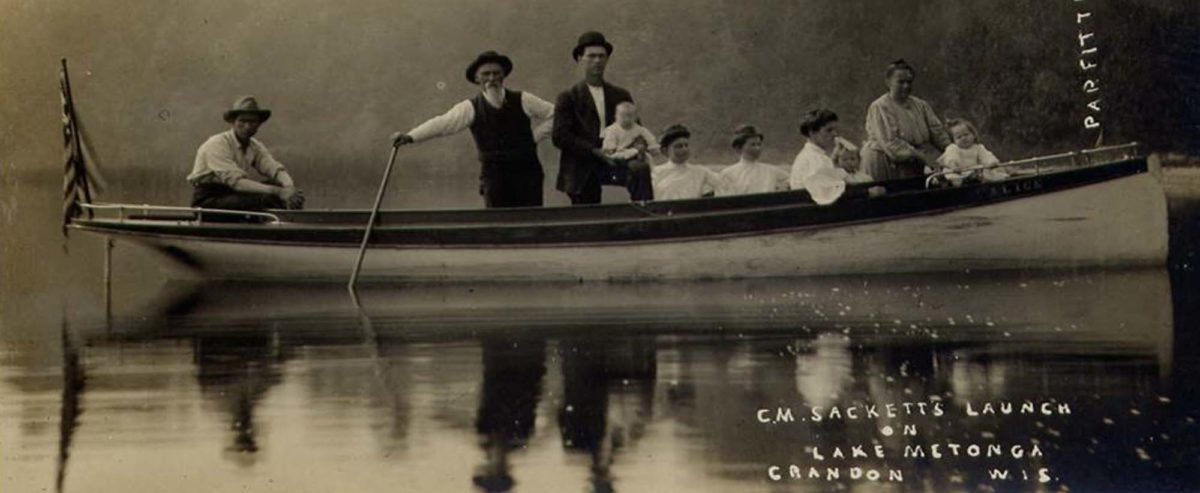Good Afternoon Forest County Residents!
The company of Keith and Hiles Lumber supplied businesses, employment opportunities, and economic growth in the townships in Forest County, which by then included Crandon, Laona, Padus, Blackwell, Wabeno, Argonne, Nashville, Hiles, and Antigo. Keith and Hiles hired around two hundred men during the summer seasons and possibly five to six hundred men in the winter. The employees of the company labored in sawmills, lumber and siding camps, and railroad maintenance (Sharpless 2009: 11-12).
M.D. Keith owned grand scale houses on Lake Metonga and Main Street in the center of Crandon. Marshall Keith’s marriage to Nellie Page enabled his success in large part. Nellie’s father transferred his ownership of the Page and Landeck Lumber Company in Crandon to his son-in-law in addition to a large tract of land in Crandon Township
(Mier 1996: 231), later named Lincoln Township.Page and Landeck Company was first established in Crandon in 1890. The company’s large-scale lumber mill could be found on Clear Lake just north of the town’s limits. In 1891, Page and Landeck Company came into possession of a considerable amount of logging land in the area, and pushed forward the construction of the Chicago and Northwestern line into Crandon from Pelican Lake in 1901. During this time Mr. Franklin Pierce Hiles of the town of Hiles bought out the Landeck stock of the company and consolidated with Marshall Keith to form the Keith and Hiles Lumber Company Mill (Monte 2002: 50). M.D. Keith’s son took the lead as Vice President and for the next thirty years, Keith and Hiles Lumber was one of the largest and most influential lumber companies in the area. The company created labor camps and wood mills in the remotest areas of Crandon, Hiles, and Nashville Townships.
Marshall Davis Keith











